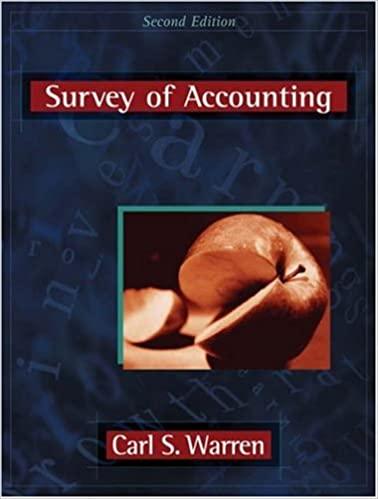Show Me How LIFO perpetual inventory The beginning inventory at Midnight Superties and data on purchases and sales for a three-month period ending March 31 as follow Number Per Date Transaction of Units Unit Total Jatt Inventory 9,000 $60.00 $540,000 1 10 Purchase 21,000 70.00 1,470,000 28 Sale 10,250 140.00 1,435,000 30 Sale 5.750 140.00 805.000 Feb. Sale 5 3,500 140.00 490,000 10 Purchase 39,500 25.00 2,962,500 16 Sale 15,000 150.00 2,250,000 28 Sale 10,000 150.00 1,500,000 Mar. Purchase 25,000 82.00 2,050,000 5 14 Sale 30,000 150.00 4,500,000 25 Purchase 10,000 88.40 834,000 30 Sale 19,000 150.00 2,850,000 Required: 1. Record the inventory, purchases, and cost of goods sold data in a perpetual inventory record similar to the one llustrated in Exhibit using the best-in, first-out method. Under the HIGHER unit cost first in the cost of Goods Sold Unit Cost column and LOWER unit cost first in the Inventory Unit Cost column. Round unit cost to two decimal places, if nece Purchases Cost of Goods Sold Inventory Unit Cost Unit Cost Total Cost Quantity Total Cost Date Quantity Unit Cost Quantity Total Cost 9,000 60 540,000 Jan. 1 60 540,000 Jan. 10 21,000 70 1,470,00 21,000 701 1,470,00 70 1,382,50 10,250 70 Jan, 28 70 5,750 402, 500 Jan. 30 Check My Work BOOK Show Me How [reb. 3,500 70 245,000 Feb 10 39,500 75 2,962,50 Feb. 16 15,000 Feb. 28 10,000 75 750,000 Mar. 5 25,000 82 2,050,00 75 25,000 5,000 82 Mar. 14 10,000 Mar. 25 88.40 884,000 19,000 82 82 Mar. 30 Mar 31 Balances 2. Determine the total sales, the total cost of goods sold, and the gross profit from sales for the period. 19,000 82 Mar. 30 82 Mar 31 Balances 2. Determine the total sales, the total cost of goods sold, and the gross profit from sales for the period. Total sales $ Total cost of goods sold $ Gross profit 3. Determine the ending inventory cost as of March 31. Feedback Check My Work 1. When the perpetual inventory system is used, revenue is recorded each time a sale is made along with an entry to record the cos each sale, the remaining or ending inventory is made up of the first or earliest purchases. Think of your inventory in terms of "layers sale ask yourself: "Is there enough inventory left in the most recent purchase to cover the sale? If not, the other units sold should process for each transaction. If you have done this problem correctly, the remaining units making up ending inventory will be coste 2. Total sales are obtained by taking the number of units sold times their sale prices for all sales and adding these amounts togethe cost of goods sold equals gross profit. 3. The ending inventory is what is left after subtracting the cost of goods sold from the goods available for sale. Multiply the units Inventory Check My Work









